Home automation allows you to control many different functions in your home from a smart speaker or smart device, such as a TV, tablet, or phone. From switching on the lights, turning down the heat to locking the front door, a home automation system can make life much more enjoyable for you.
Set up your TV for home automation by following these steps:
- Ensure your smart TV works with your home automation.
- Download the home automation app on your smartphone.
- Create an account in the home automation app.
- Sign in to your home automation account on your TV.
- Follow the smart TV’s instructions after signing in.
- Check if you can control the TV via the app.
- Set up your TV with a media player.
If you’ve never set up your TV for home automation before, you may find that the process is complex and very involved. However, once you’ve completed the process, your home automation system will be seamlessly connected to your TV. In this article, we’ll discuss why you should set up your TV for home automation and how to do so.
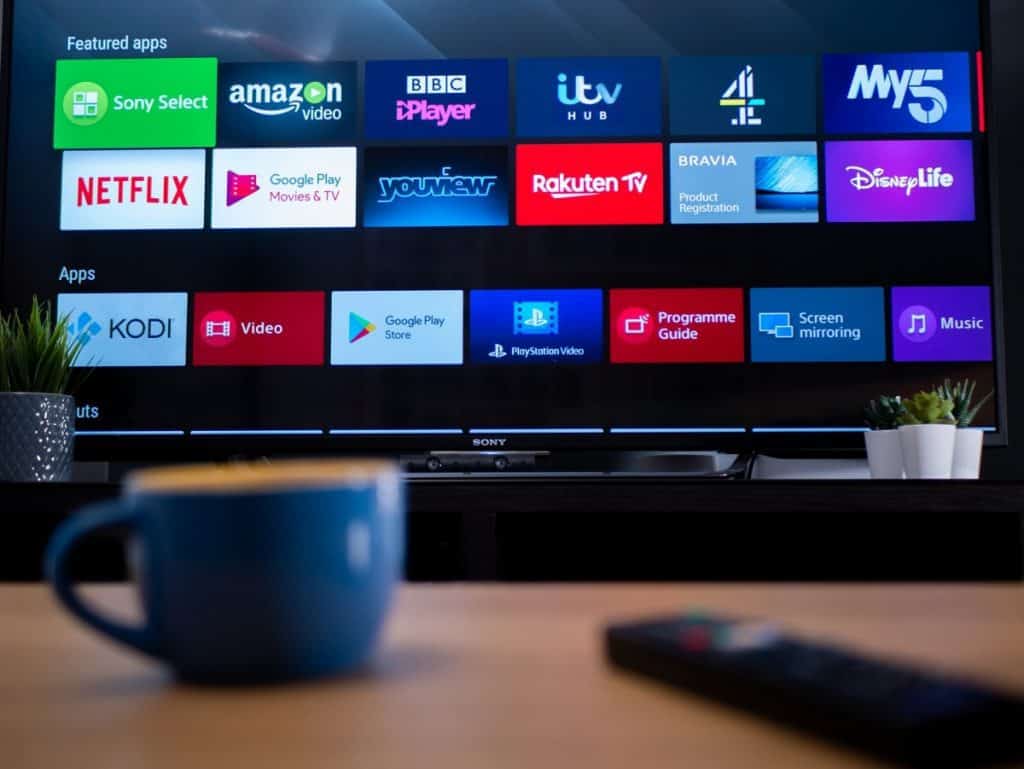
Why Should I Set Up My TV for Home Automation?
Before describing the steps you should take to set up your TV for home automation, here are some excellent reasons to do so:
- You can control your TV with your smart speaker or home automation app. Instead of using your remote control to navigate your TV, use your voice. This makes navigating to movies and content you want to watch much more effortlessly.
- View your shopping lists, receive reminders and look at photos on your TV. This is an excellent alternative to looking at similar content on your phone or computer as the screen is larger.
- You’ll likely have a built-in smart assistant on your TV. In this case, you can control other devices and appliances in your home automation system through your TV.
1. Ensure Your Smart TV Works With Your Home Automation
This may seem obvious but before setting up your TV for home automation, you should know if it can support your home automation system.
To find your TV’s make and model, you should navigate to the settings function. Here, you should see a subsection entitled “About this TV” or similar. This section will display your TV’s model number.
Smart homes use a smart home ecosystem which involves connecting several devices (including smart speakers, TVs, thermostats, and more) via your home’s WiFi system.
Below are examples of the most popular home automation systems:
Alexa by Amazon
As one of the most inexpensive home automation options, Alexa is compatible with many smart devices, including phones, light bulbs, alarm systems, and motion sensors.
It features the iconic Echo speaker, available on Amazon, that effortlessly recognizes your voice and responds to your questions and commands quickly and appropriately.
Although it’s considered as the most compatible home automation system, Alexa doesn’t work well with smartphones, which could be a deal-breaker if you want to control things from your phone.
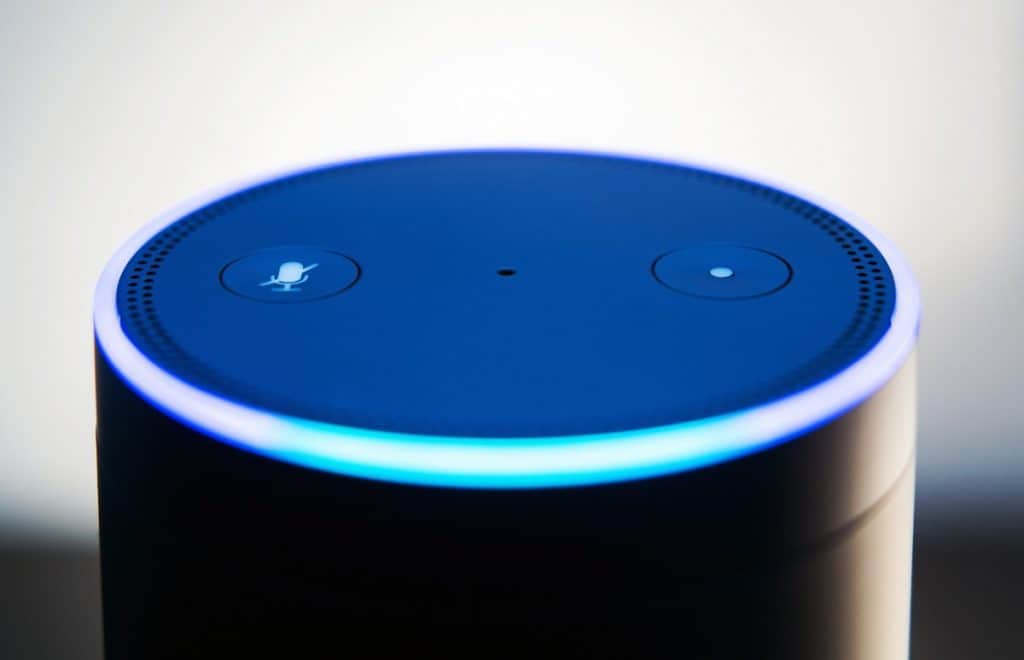
Samsung SmartThings
Samsung SmartThings has been around for many years and is an excellent option if you’re an Android fan.
Like Alexa, it’s compatible with many devices and appliances, but using it can be complicated. However, once you’ve learned how to use its complex system, it typically functions seamlessly and reliably.
Apple HomeKit
Setting up an Apple TV for home automation is fast and straightforward, but it’s essential to check if your devices are compatible.
Apple TV, available on Amazon, acts as a smart home hub as soon as you connect it with your WiFi, the Apple TV app, and your iCloud account. From your television, you can control electronic devices in your home remotely.
Apple HomeKit is an excellent option if you have a suite of Apple devices, such as an iPad, iPhone, Apple TV, etc. Since all your data is encrypted before it reaches the cloud, it’s reassuring if you’re concerned about privacy.
Google Home
Supporting only Bluetooth, WiFi, and Thread, Google Home doesn’t work with Z-Wave or Zigbee.
Google Home also supports a limited number of smart devices, but the list is growing.
Aside from this limited support, it has an easy interface and is compatible with both Android and Apple phones.
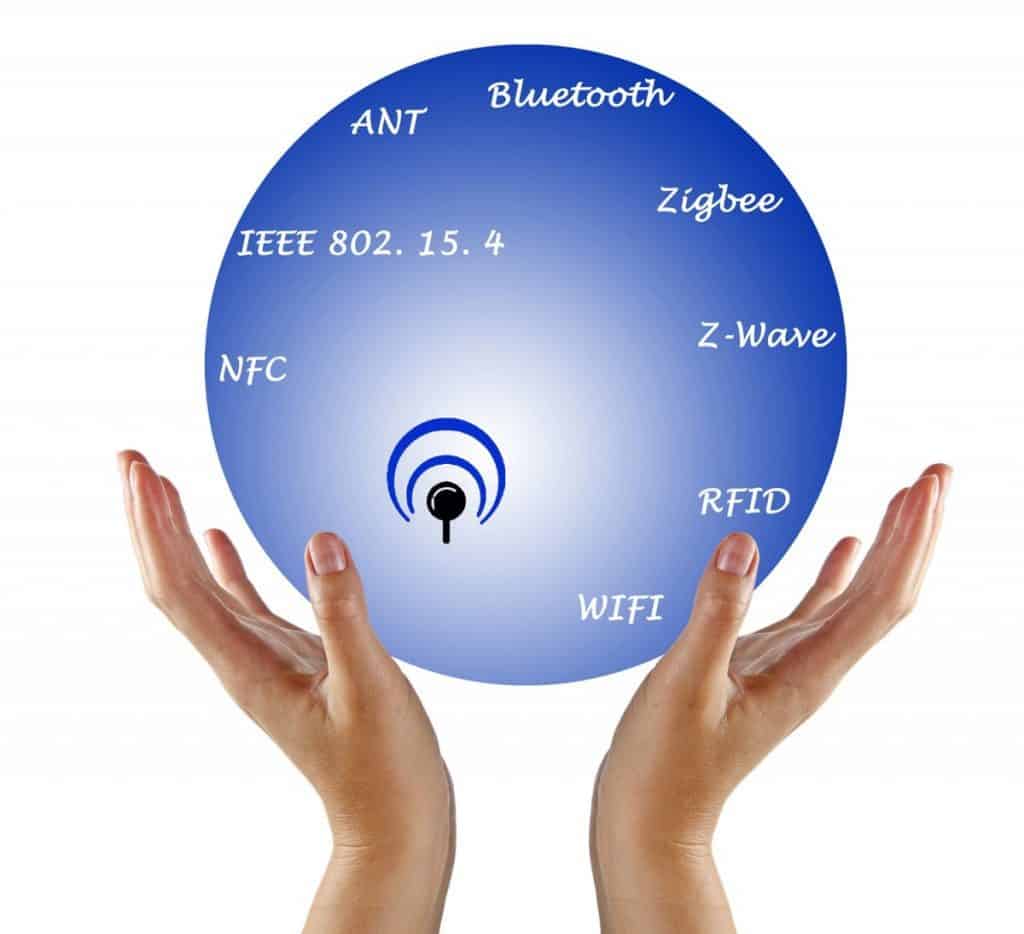
2. Download the Home Automation App on your Smartphone
The home automation app is essential as it forms the basis of how your smart home is controlled.
If you haven’t yet downloaded the home automation app, you can find it in your smartphone’s app store, and you should be able to download it for free.
Depending on which smart hub you’re using, you may need a specific app. For example:
- Google – When linking a TV with Google Nest, you’ll need the Google Home app.
- Apple – Apple TV requires the Apple TV app.
- Roku – Roku TVs recommend using the RokuTV app.
- Amazon – When you’re linking your TV with Amazon Alexa, you’ll need the Alexa app.
In the app, you can carry out various functions, including:
- Routines and schedules. This involves creating set times for household functions to take place (e.g., turning on the lights at sunset or making coffee at 6 am).
- Connecting to a device. The app allows you to add various compatible devices to your home automation system, such as smart speakers, TVs, and tablets.
- Instructing your home assistant to perform tasks. Instead of using your smart speaker, you can use the app to have your home assistant play music, turn on the heating, and more.
3. Create an Account in the Home Automation App
Before setting up your TV for home automation, you need to create an account in your home automation app if you don’t already have one.
This shouldn’t take you more than a few minutes, and you’ll need to complete a few fields, including your details, WiFi network and password, and details of the smart devices you want to include in your home automation system.
Before proceeding to the next step, ensure that you have verified your email address if the app has requested you to do this. Not verifying your email address may not allow you to sign in to your home automation account on your TV.
4. Sign In to Your Home Automation Account on Your TV
Signing in to your home automation account on your smart TV should be quick and easy.
If you don’t see where to sign in, press the “home” button on your remote control and select the option for home automation.
You’ll then need to enter your email address and password and keep the app open on your smartphone simultaneously.
For Apple TV home automation, you’ll need to sign into your iCloud account via the settings field on your TV. If you don’t have an iCloud account, it only takes a few minutes to sign up for one on either an Apple device or on the iCloud website.
You should sign into the same iCloud account as the one on your mobile device so that you can control functions from your smartphone, too.
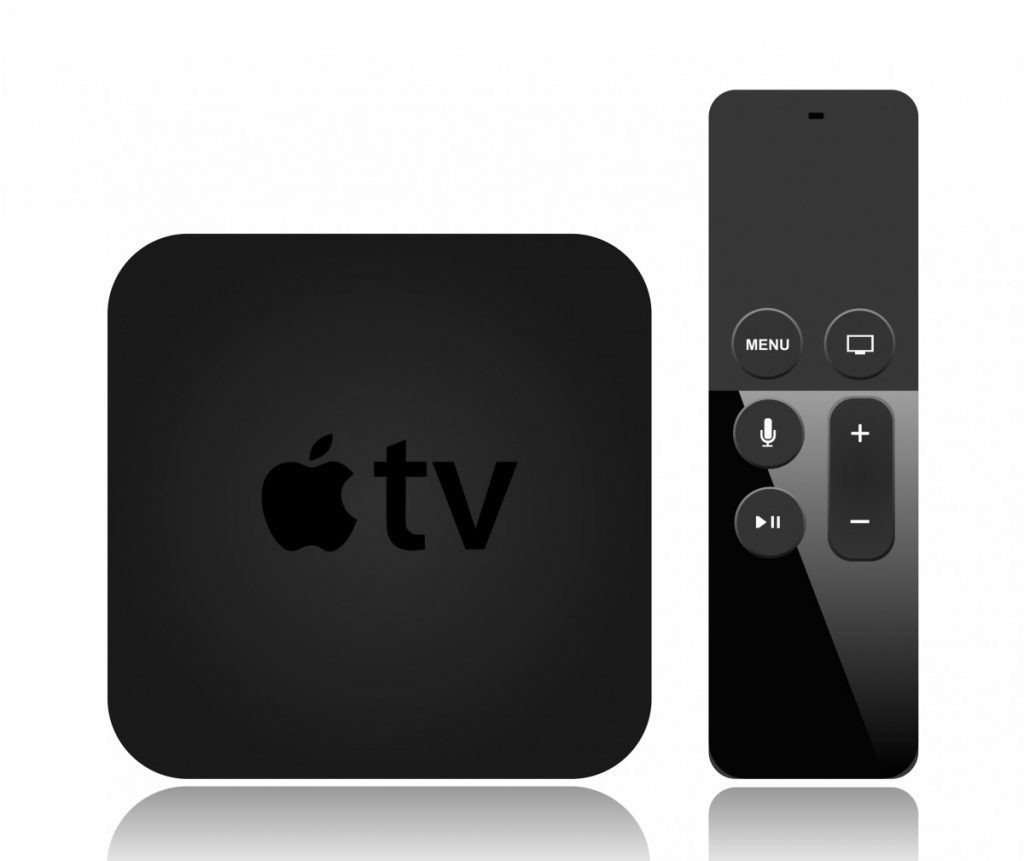
5. Follow the Smart TV’s Instructions After Signing In
Depending on the home automation system you’re using, the app may or may not immediately automatically recognize the TV as a new device.
If the app doesn’t recognize your TV automatically, you’ll need to add it as a device. There will be a clear section in the home automation app to add devices.
Tap the “Add Device” (or similarly worded) icon in the app and add your TV. The app will then search for the TV’s signal and add it as a device once found.
Depending on the smart device you’re using, you might be able to give the smart assistant a voice command to link the TV to the home automation system.
If this is the first time you’re setting up a home automation system, now would also be an excellent time to add other smart devices in the app for completeness. These could include smart speakers, smart globes, your thermostat, and smart appliances.
You may be required to set up your TV as a device, and the app will prompt you to do this if needed. Follow the instructions in the app and be aware that you may need to complete sections on the TV.
These instructions could include accepting the home automation system on your TV to allow it to integrate.
6. Check if You Can Control the TV via the App
To check if the app has fully recognized your smart TV and to verify if it’s connected to your home automation system, you’ll need to see if you can control the TV in the app.
You can do this by opening the app and navigating to your added devices. Tap on your smartphone, and a range of TV control options will be displayed. These will be similar to those on your TV’s remote (you can use the app in place of the remote).
If this doesn’t work, you may need to switch your TV off and turn it on after a few minutes. This often refreshes updates that have recently happened.
7. Set Up Your TV with a Media Player
An alternate way of setting up your TV for home automation is using a compatible media player.
Most folks have used a media player before to stream movies, series, and live content. Examples of popular media players include Roku, Apple TV, Amazon Fire Stick, and Chromecast by Google.
If you have a Google home automation system, you can connect your TV using a Chromecast media player. The same can be said about Amazon: you can use a Fire Stick media player for integration.
Some TVs have built-in media players, while others require the media player to be plugged in via a USB port and cable.
Either way, you can link your smart TV to your home automation system via the media player’s app on your smartphone.
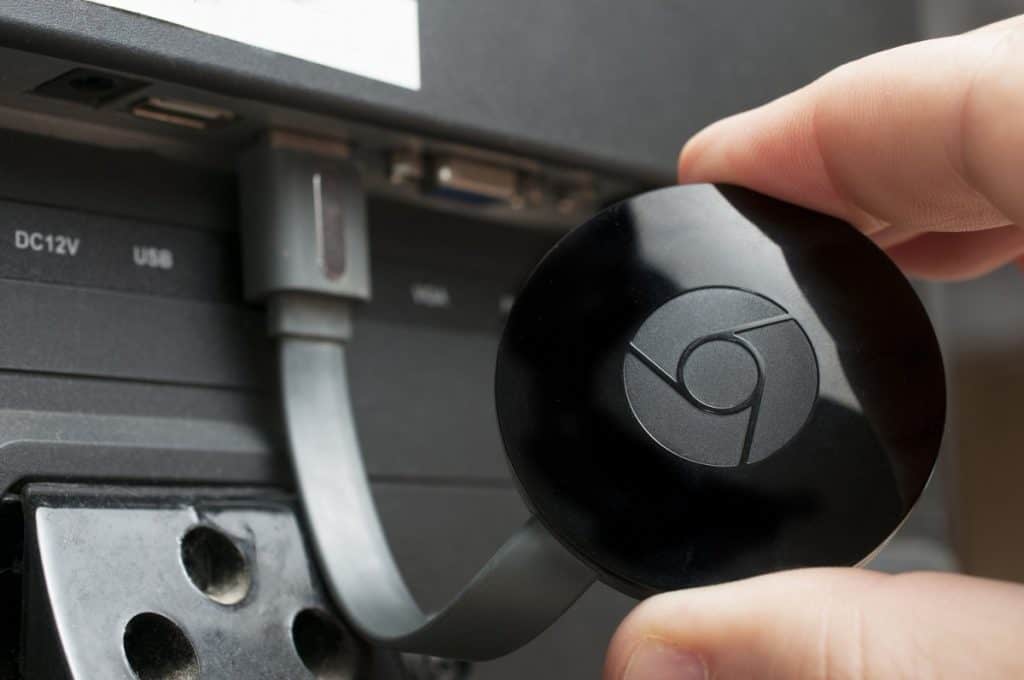
Below is an easy guide to follow for linking your TV to your home automation system via a media player:
1. Connect Your Media Player to Your TV
If you don’t have a built-in media player, connect it to your smart TV with the USB cable provided with the media player.
Most TVs’ USB ports are located on either the back or side of the TV. If your media player does not come with a USB cable, you might have to buy a compatible one.
Some media players also need to be plugged into a power source, and, if applicable to you, you will notice a plug at the end of the cable.
2. Open the Media Player’s App on Your Smartphone
The next step is to open the media player’s app on your smartphone. If you don’t yet have the app, it should be available in your phone’s app store.
Once downloaded, create an account (if not already done so) and make sure that you have verified your email address.
3. Add Your TV to Your Media Player Account in the App
Now you need to add your media player as a device in the app. This is typically done on the home screen, where you should see a “+” icon to allow you to add a new device.
Tap on the “+” icon and, depending on the app, you’ll have the option of setting up a new device.
Select the appropriate device and confirm that you want to add it.
In addition, you might be prompted to confirm permission for the device’s location access. To do this, navigate to the settings section and select your home automation system. You can then toggle the button until it’s green and you have enabled the location permission.
After this, you might be prompted to confirm that you’re happy to pair your TV with the home automation system. Make sure that you tap “yes” to allow the pairing.
4. Connect the Media Player to Your Home’s WiFi
The final step is to connect your media player to your home’s WiFi. It’s important that all devices in your home automation system connect to the same WiFi connection.
To check which WiFi connection your device is linked to, navigate to the settings section and tap on “WiFi connection” (or a similarly worded section). Here, you can verify if it’s connected to the correct WiFi network.
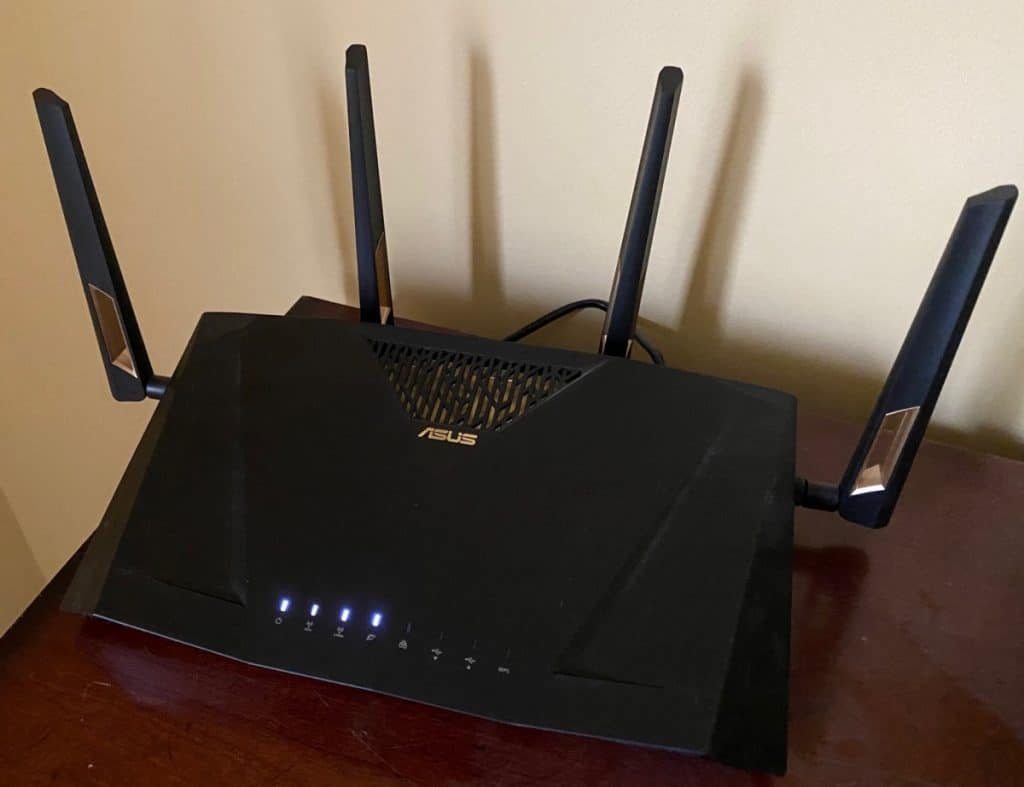
Final Thoughts
When setting up a TV for home automation, it’s essential to take a systematic approach. Fully complete each step before moving on to the next to ensure that things are done correctly. Once the television is set up, you’ll finally be able to enjoy the convenience of having a smart TV as a hub for your home.
